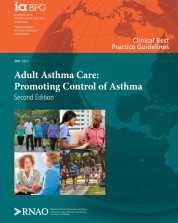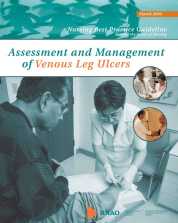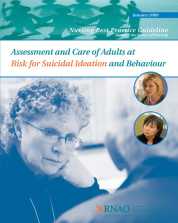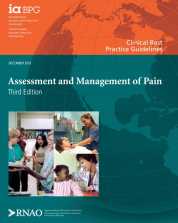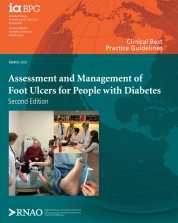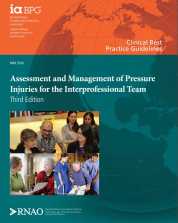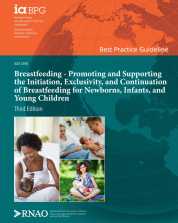The purpose of this best practice guideline (BPG) is to provide evidence-based individual, organization, education, and system/policy recommendations to: 1) enhance the capacity of all individuals involved in the implementation of an eHealth solution within a health care organization; 2) establish suitable infrastructures to support eHealth education needs; and, 3) facilitate technology-enabled health system transformation.
The purpose of this best practice guideline (BPG) is to provide nurses and other health-care providers with evidence-based recommendations of foundational asthma care for adults with a diagnosis of asthma.
The purpose of this best practice guideline (BPG) is to:
• improve outcomes for venous leg ulcer clients,
• assist practitioners to apply the best available research evidence to clinical decisions, and
• promote the responsible use of healthcare resources.
The purpose of this best practice guideline (BPG) is to provide nurses with recommendations, based on the best available evidence, related to the assessment and management of adults at risk for suicidal ideation and behaviour.
The purpose of this best practice guideline (BPG) is to present evidence-based recommendations for nurses and the interprofessional team across all care settings to enhance the quality of their practices to support the reduced incidence of perinatal depression through the implementation of five components of care: routine screening, assessment, prevention, coordinated interventions, and evaluation.
This guideline provides evidence-based recommendations for nurses and other members of the interprofessional team who are assessing and managing people with the presence or risk of any type of pain.
This guideline provides evidence-based recommendations on how to assess and manage people who have been diagnosed with diabetic foot ulcers.
The purpose of this guideline is to present evidence-based recommendations that apply to the decisions and best practices of interprofessional teams working to assess and manage existing pressure injuries in people 18 years of age and above.
The purpose of this best practice guideline (BPG) is to enhance the capacity of nurses, the interprofessional team, peers, policy-makers, and employers to meet the needs of breastfeeding persons, their healthy term newborns, infants, and young children, and their partners, family, and support network.
